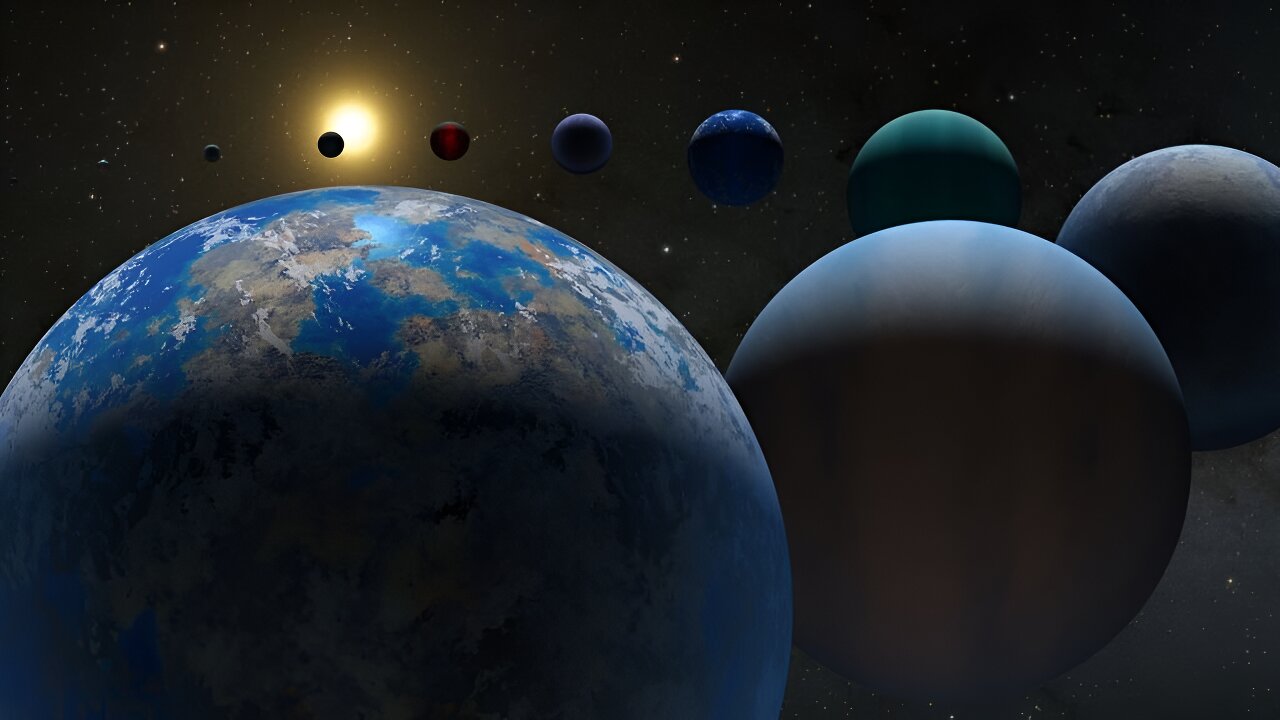We’ll just take Bikini Bottom, and move it somewhere else
Anyway I’m be at Moe’s
Because planets are terribly inefficient? Their livable area per mass is very low. You could deconstruct a planet and use the materials to make O’Neill cylinders (or similar) that can comfortably hold many orders of magnitude more people. It’s also very energy expensive to go up and down the gravity well of a planet, increasing the cost of all space-related industry, shipping and transport. For a interplanetary civilisation that’s a huge cost. Artificial habitats have no such problem.
It’s interesting the article focuses so much on Dyson spheres considering they’re probably the least practical megastructure. Dyson swarms are a much more practical and accepted concept, hell it’s one of the things that astrophysicists are actually looking for out there.
Trying to move into the perfect distance from the bonfire vs building a large dome to contain the bonfire.
This article and the paper it’s about concerns me. It’s already been pointed out in other comments that planetary bodies are inefficient as living surfaces and that they seem to only focus on Dyson spheres as the only megastructure when concepts like Dyson swarms not only exist but are already something we search for when looking for tech signatures. I could dogpile other factors that weren’t mentioned in other comments and their nuances that seem to have not been considered by these academics that include their misconceptions on the development of ideas about megastructure engineering, but I must emphasize the fact that I’m not a graduate-level academic in this field. I’ll grant that this paper will probably get demolished upon peer-review, but how did something this shallow even make it to that level? The paper reads like a collab of high schoolers banging out their section the night before it’s due.
I’ll acknowledge that it’s anecdotal and possibly subject to a few different types of experiential bias, but I’ve seen an increase in shallow bullshit like this getting pushed in upper academia worldwide in a variety of subjects. I’d venture to guess that there are some metastudies on this subject, but it’s concerning that it appears as though the standards for higher level research have been diluted, which has a high possibility of not only shaking the confidence of the general population in those who should be experts in their field, but even casting unfounded doubt on our understanding of the subjects themselves. Not to mention other factors(that would be speculation built upon the admitted speculation preceeding) where there seem to be incentives on just publishing papers for the sake of publishing regardless of the quality, opportunities for bad actors to obfuscate the truth and promote harmful disinformation, and just another mechanism for honest actors and ancient academics to be forced to dig their heels in on established concepts in order to fight all the disinformation, leaving less time to push boundaries of knowledge in good faith.
Look, I’m just some dude on the internet and I acknowledge that some or maybe even all of what I’ve said above could be way off base, but I fear that I’m spot on. And the idea of that just makes me… just so fucking tired.
Thanks so much for your input! You make some very valid points about the integrity of the paper and trends in academic publishing in general. I must admit I am a bit of a casual when it comes to academia so it’s valuable to have people like yourself here to scrutinise the information we discuss!
I just glanced over the (interesting) article. It seems to compare mostly to a solid Dyson sphere as the megastructure, which does have a number of drawbacks. However, many of those can be overcome by a non-solid Dyson object, like a swarm. And by separating energy collection from habitable space, i.e. by using literal, dedicated habitats.
The idea of moving planets around is new to me, and I’m sceptical of it. How much should we worry about impacts on orbital mechanics? I heard many planets are in kind of synchronized orbits and wonder how a significant disturbance could ultimately affect Earth’s orbit.
From watching many Isaac Arthur shows, I got the impression that practically any location can house impressive number of people, if only enough energy is provided. This includes existing bodies like planets, moons and even asteroids, but also empty space around Earth or further out in space, even outside of our solar system. The energy could be provided by a central Dyson swarm or decentral nuclear/fusion reactors.
I guess it is easier to take many small steps than to make on big leap. So wouldn’t it be better to build various habitats, colonize a number of smaller objects, than to move giant planets around? And how would the energy/material requirements for these endeavours compare?
If all this was only about ourselves, there would be little reason to think so hard about a so distant future. The current-day value of these ideas is probably to inform our search for other civilizations. The better we can guess how they might live, the better we know what to look out for.
Hello Larry Niven
I wonder how long we would have to wait after capturing a planet and inserting it into the suns habitable zone before we can live on it? I imagine there would be a very turbulent period where it would need to settle in to the new gravity and radiation environment
And the worst part would be that if you fuck up the math some of the existing planet might get plunged into the sun or out of the star system if new planet is introduced or existing one is moved. As I understand it the predictions for the state of orbital system even now are only so good for certain amount of time before they become inaccurate and chaotic.
The time frame from stable orbit to any sort of habitability must be tens of thousands to millions of years. Probably massive floods from melting ice are the minimum if talking about a frozen snowball and atmosphere raining down if the deal is about cooling some Venus clone.
I’d argue that this can’t be an answer for population growth.
We’re already hitting our population leveling off and even shrinking, and that’s economics, not due to resources. Would that apply in general? It has to. Consider the time between filling up a world until being able to build megastructures: thousands of years is optimistic. If a population was constrained by habitable space for thousands of years, they would have had to stop growing, had to have population stability ingrained for many generations. That won’t change easily
I guess a civilization that has the ability to engineer mega structures and move planets could have the sociological knowledge and skill to predict, plan and adjust it’s own population growth. And also humans don’t take up much space. Humanity could be housed in a single massive arcology couple tens of kilometers wide and long and few hundred meters tall with decent living space per head and have room to spare. it’s not the living space but the food, mining, industry, food mostly that takes up area and if that comes an issue there is all kinds of orbital installations that could feed people easier than whipping up a new habitable planet.
I see this rogue planet moving business more like a colonization or vanity project than a solution for population problems.
deleted by creator


